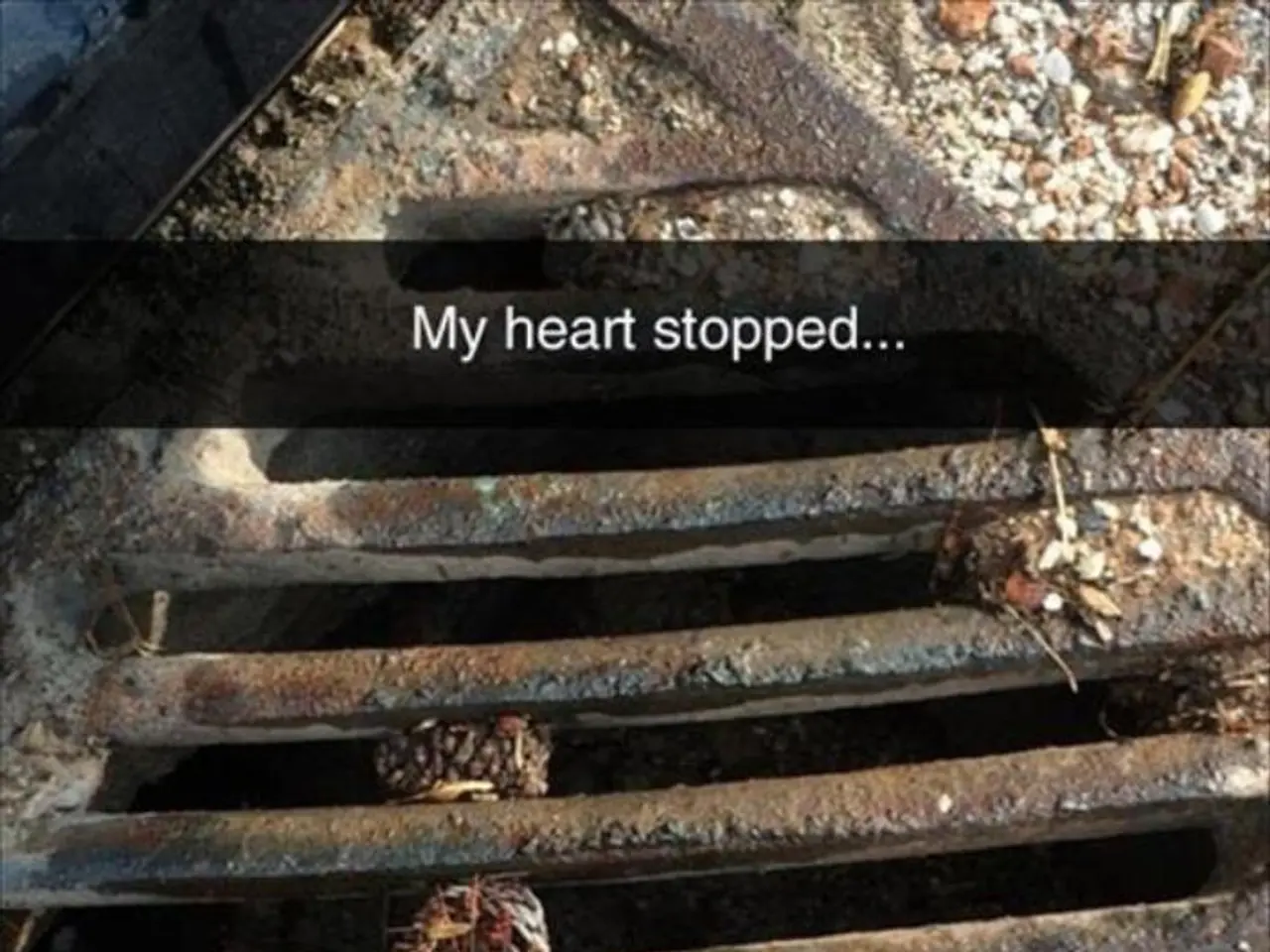Improvement in heart patients' symptoms indicated in latest Munich research: "Significant improvements observed"
Heart valve diseases pose a significant challenge in our aging society, with the risk of these diseases increasing with age. In a bid to address this issue, minimally invasive catheter procedures for mitral valve repair or replacement are proving to be highly effective, particularly for severely ill patients.
One such procedure, the transcatheter edge-to-edge repair (TEER), is commonly performed using devices like MitraClip or PASCAL. This catheter-based technique has demonstrated impressive results, outperforming conventional open-heart mitral valve surgery in several aspects.
TEER with MitraClip has shown procedural success rates exceeding 90%, with a significant reduction of mitral regurgitation (MR) severity in 82% to 93% of treated individuals. Moreover, it has lower 30-day mortality rates (2.3% to 6.4%) compared to the higher predicted surgical risk (9.5% to 13.2%).
The benefits of TEER extend beyond these statistics. Critically ill patients, including those in cardiogenic shock due to severe MR, have experienced immediate and dramatic hemodynamic improvements post-procedure, as shown in case reports. Furthermore, patients have reported meaningful improvements in their quality of life, with reduced heart failure symptoms like shortness of breath and fatigue, and reduced hospitalizations.
For severely ill patients, including those with fulminant myocarditis and acute severe MR, the minimally invasive catheter approach is advantageous. It avoids the need for sternotomy and cardiopulmonary bypass, lowering the risk of postoperative complications such as low cardiac output syndrome. The procedure can also be performed promptly when pharmacological therapies fail, stabilizing hemodynamics swiftly.
In comparison to conventional surgery, which is more invasive and involves opening the chest, longer hospital stays, and greater perioperative risk, TEER provides a safer alternative for many patients. The study led by Privatdozent Dr. Hendrik Ruge has shown that these minimally invasive treatments deliver similar results to conventional surgical procedures.
However, it's important to note that long-term mortality and heart failure hospitalization rates remain significant, indicating the need for careful patient selection and ongoing management after the procedure.
The development of catheter technology is particularly beneficial for a significant portion of the elderly, for whom an open operation would be too stressful and risky. The one-year survival rate of high-risk patients for the catheter procedure is 80 percent, compared to 86 percent for patients who undergo conventional surgery.
The catheter procedure for the mitral valve is a potential replacement for mitral valve clipping in some cases. The TAVI technique, first introduced by the German Heart Center Munich in 2007, is a revolution in minimally invasive heart valve replacement, and more and more often, the mitral valve is being replaced using these minimally invasive catheter procedures.
The study, conducted by the German Heart Center in Munich, gives hope to severely ill patients, especially those with increased surgical risk and faulty heart valves. The artificial valve implanted via a catheter typically closes perfectly, according to Professor Markus Krane, head of the Clinic for Heart and Vascular Surgery at the German Heart Center.
Despite some patients needing to be readmitted to the hospital after the procedure due to their pre-existing heart weakness, which can lead to fluid buildup, the benefits of these minimally invasive treatments cannot be overlooked. The new technique is a continuation of a major success story in cardiovascular medicine.
- In the aging society where heart valve diseases pose a significant challenge, the advancement in medical-conditions like transcatheter edge-to-edge repair (TEER) for mitral valve repair and replacement offers a promising approach to health-and-wellness, particularly for severely ill patients.
- The development of science, such as catheter technology, plays a crucial role in addressing cardiovascular-health issues, providing a less invasive alternative to traditional open-heart surgery for high-risk elderly patients and significantly improving their quality of life.




